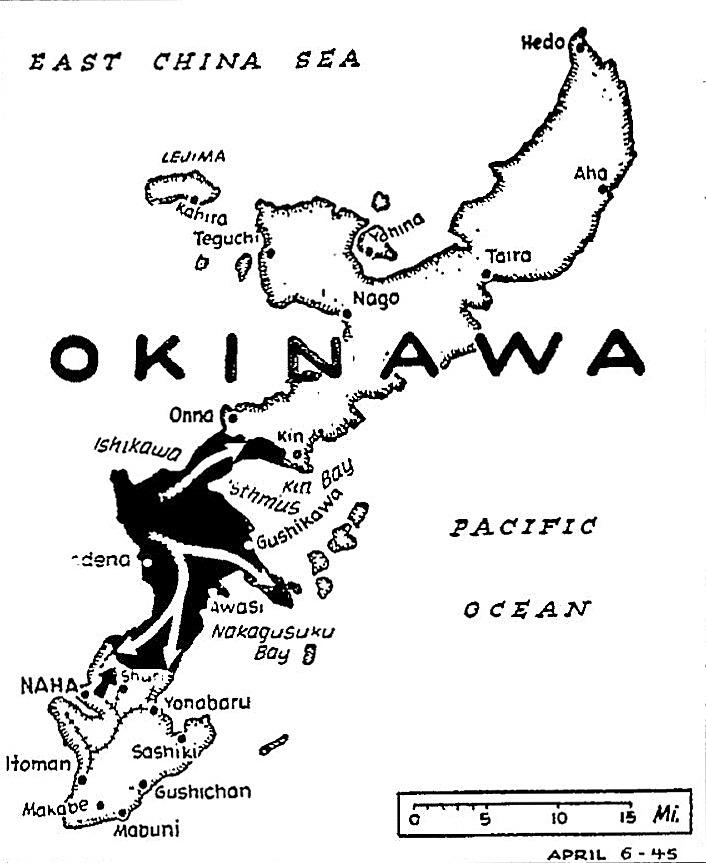Supreme HQ Allied Expeditionary Force (April 6, 1945)
FROM
(A) SHAEF MAIN
ORIGINATOR
PRD, Communique Section
DATE-TIME OF ORIGIN
061100B April
TO FOR ACTION
(1) AGWAR
(2) NAVY DEPARTMENT
TO (W) FOR INFORMATION (INFO)
(3) TAC HQ 12 ARMY GP
(4) MAIN 12 ARMY GP
(5) AIR STAFF MAIN
(6) ANCXF
(7) EXFOR MAIN
(8) EXFOR REAR
(9) DEFENSOR, OTTAWA
(10) CANADIAN C/S, OTTAWA
(11) WAR OFFICE
(12) ADMIRALTY
(13) AIR MINISTRY
(14) UNITED KINGDOM BASE
(15) SACSEA
(16) CMHQ (Pass to RCAF & RCN)
(17) COM ZONE
(18) SHAEF REAR
(19) SHAEF MAIN
(20) HQ SIXTH ARMY GP
(REF NO.)
NONE
(CLASSIFICATION)
IN THE CLEAR
Communiqué No. 363
UNCLASSIFIED: Allied patrols north of Nijmegen crossed the Neder Rijn west and east of Arnhem. In the Zutphen area fierce opposition was encountered and the town is still in enemy hands.
Northwest of Hengelo we captured Almelo and made good gains to the north and east. Farther east there is fighting in the Lingen area but the town is not yet clear. Southeast of Rheine, the Dortmund-Ems Canal bridgehead has been further extended and Dreierwalde has been captured.
In the Ibbenbüren area resistance remains strong but armored elements bypassed the town to the south and advanced to a point five miles south of Diepholz. Osnabrück is in our hands, and armored units, which previously bypassed the town, advanced to the line of the Weser River north of Minden. Another column reached the Weser in the Petershagen area and virtually cleared Minden.
We have cleared Bielefeld, and the garrisons in Herford and Bad Oeynhausen have surrendered. Armored elements pushed to within two miles of Rinteln. Another armored spearhead advanced to the Weser River opposite Hameln. Detmold, and Veldrom in the Teutoburger Forest, were cleared and we are fighting in Altenbeken. The Hardehausen Forest, northwest of Warburg was cleared.
Our units entered Meimbressen northwest of Kassel and pushed beyond Nienhagen, east of the city. Mühlhausen was cleared by armored elements which pushed eight miles farther northeast to the vicinity of Schlotheim. Our infantry reached the vicinity of Altengoettern, northeast of Mühlhausen, and Mihla, farther southwest. We entered the southern outskirts of Eisenach, and reached points seven miles west of Schmalkalden.
Armored units cleared Zella Mehlis, capturing three small arms ammunition factories. Seven small arms factories were taken in Suhl.
Our forces made further gains into the Ruhr Pocket from the north and east. On the north, we captured Brambauer, four miles north of Dortmund. Fierce fighting is in progress in Hamm, east of the city our units crossed the Lippe River and reached the Hamm-Soest rail line. On the east side of the pocket, we are in the vicinity of Rüthen. Southwest of Winterberg our forces reached points near Winkhausen and Latrop. We repulsed numerous counterattacks between Siegen and Siegburg, one of which reached the outskirts of Siegen before it was repelled.
Fighter-bombers attacked targets in the pocket including a large formation of enemy troops on a road near Arnsberg.
South of Fulda our armor and infantry drove through the Spessart Hills to reach Speicherz, and Bad Brückenau. Farther south on the Main River, east of Lohr, we reached Wiesenfeld.
Heavy fighting is in progress in Würzburg and most of the city has been cleared. An enemy counterattack forced us back in the northern part of the city, but the attack was repulsed and the lost ground was regained. More than 1,000 prisoners have been taken in the city.
Substantial advances were made by our armor and infantry northeast and southeast of Ochsenfurt. Kitzingen, northeast of Ochsenfurt, was cleared.
The enemy is fighting stubbornly to hold the line of the Neckar River and Jagst River, and in front of Heilbronn. West of Heilbronn, we captured a number of villages. Schwaigern was cleared.
Allied forces which made the latest Rhine River crossing below Speyer and captured Karlsruhe, reached the Neckar River more than 30 miles east of the Rhine.
Allied forces in the west captured 32,616 prisoners 4 April.
Enemy transport in the areas of Pforzheim, Heilbronn, Stuttgart, Leipzig, Nürnberg and Gera was attacked by fighter-bombers. And ammunition store southeast of Stuttgart, and an oil storage depot at Geislingen an der Steige, northwest of Ulm, were bombed by medium bombers.
Enemy transport, supply dumps, troops and strongpoints in the Deventer, Zwolle and Groningen areas of Holland and in wide areas of northwestern Germany, including Hamburg, Bremen, Meppen, Celle and Hanover, were attacked yesterday by fighter-bombers.
Airfields in the Weimar area and farther south also were attacked by fighter-bombers. Seventy-one enemy aircraft were destroyed on the ground and many others were damaged in the course of these attacks.
Military equipment depots at Ingolstadt, northeast of München, at Grafenwohr, southeast of Bayreuth, and at Furth: railway yards at Plauen, Bayreuth and Nürnberg; and an airfield southwest of Nürnberg, were attacked by escorted heavy bombers in very great strength.
COORDINATED WITH: G-2, G-3 to C/S
THIS MESSAGE MAY BE SENT IN CLEAR BY ANY MEANS
/s/
Precedence
“OP” - AGWAR
“P” - Others
ORIGINATING DIVISION
PRD, Communique Section
NAME AND RANK TYPED. TEL. NO.
D. R. JORDAN, Lt Col FA4655
AUTHENTICATING SIGNATURE
/s/
